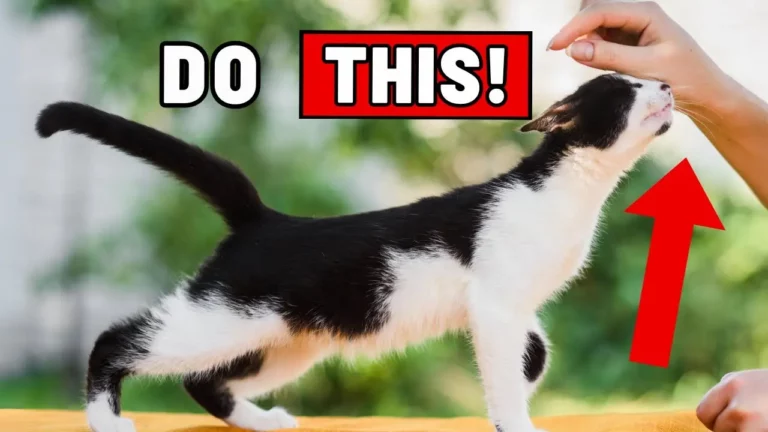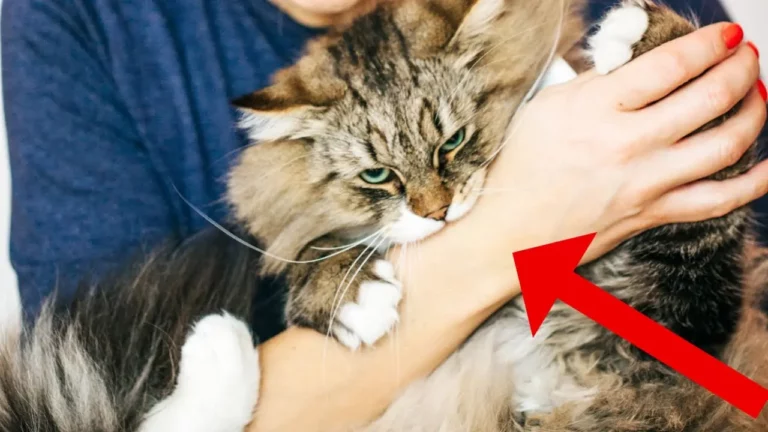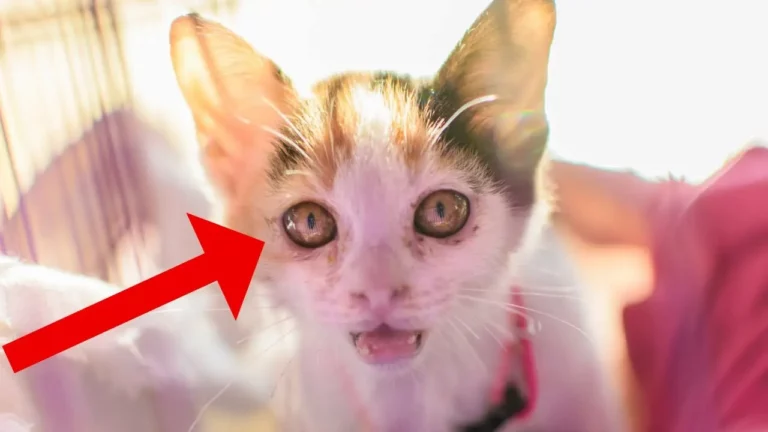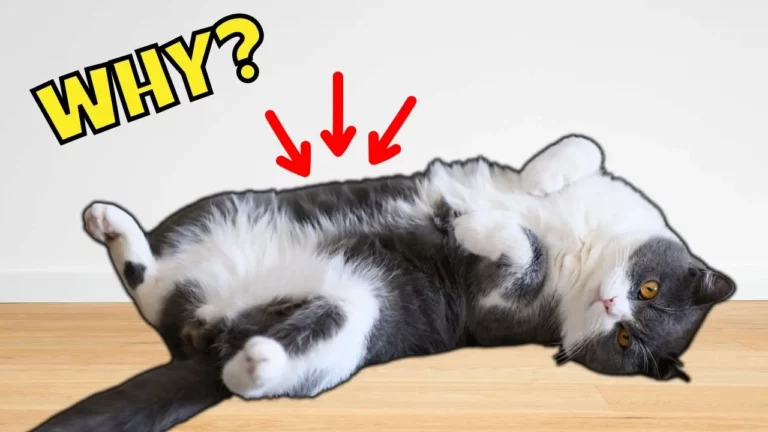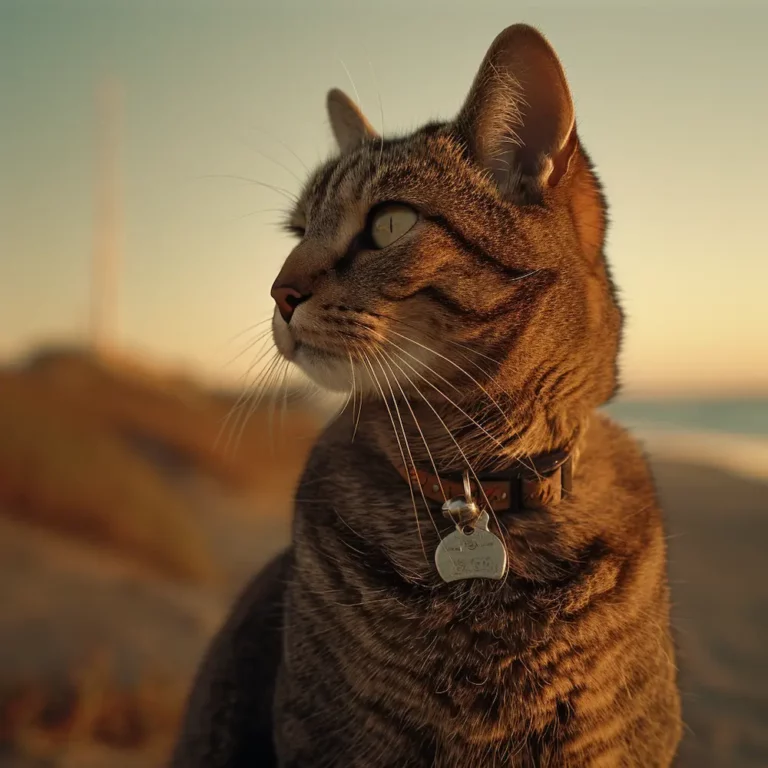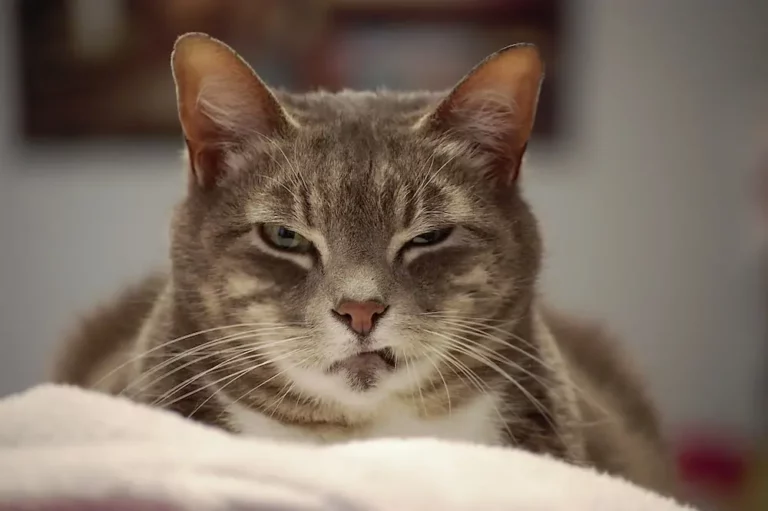Are Expensive Cat Toys a Scam? Discover These Mind-Blowing DIY Alternatives
Ever notice how store-bought
I’ve been there too, and that’s why I dove into the world of DIY
Not only are they budget-friendly, but they’re also a fantastic way to repurpose items you already have at home.
Benefits of DIY Cat Toys
Store-bought
Affordable and Accessible
First off, making your own
You don’t need to spend a fortune on fancy gadgets when household items work just as well. Got some old socks or cardboard boxes lying around?
Perfect!
These common items can be turned into fun and engaging toys for your
Plus, DIY projects are accessible to everyone. No special skills are required—just a bit of creativity.
For example, you can turn a toilet paper roll into a treat dispenser by cutting holes in it and stuffing it with kibble.
It’s easy, quick, and doesn’t require any expensive materials.
Customizable for Your Cat
DIY
Every
If your kitty loves chasing strings, you can create a toy using yarn and feathers.
On the other hand, if they prefer batting around small objects, crumpled-up paper balls could become their new favorite plaything.
Also, you get to experiment and see what works best for your furry friend.
Maybe they’re bored of their current toy selection; creating new ones keeps things fresh and exciting for them.
Variety keeps cats mentally stimulated and physically active—key factors in their overall health.
Essential Tools and Materials
Creating DIY
Basic Tools Needed
For DIY
- Scissors: These are essential for cutting fabric, string, or cardboard.
- Hot Glue Gun: Ideal for securely attaching materials together.
- Needle and Thread: Handy for sewing small toys or repairing worn ones.
- Craft Knife: Useful for detailed cutting work on tougher materials like cardboard.
You probably have most of these items at home. If not, they’re easily found at local stores or online.
Sourcing Affordable Materials
You don’t need to expensive with expensive supplies.
Look around your home first; you’d be surprised how many items can be repurposed into
- Old Socks: Perfect for creating soft, snuggly toys.
- Cardboard Boxes: Cats love playing with boxes, which can be transformed into tunnels or scratching posts.
- Feathers and String: Use these to make enticing dangly toys.
- Plastic Bottles and Caps: Great for rolling toys that cats can chase around.
Thrift stores or dollar stores are also fantastic places to find cheap materials. Sometimes you might even strike gold in clearance bins!
Popular Types of DIY Cat Toys
There are so many fun ways to keep your
It’s amazing how much joy they can get from homemade creations.
Interactive Wand Toys
Interactive wand toys stimulate a
They love the thrill of chasing and pouncing. I often use a simple stick or dowel as the base.
Attach feathers, ribbons, or even old fabric strips at the end using string or non-toxic glue.
Cats go wild for these!
You can swap out attachments to keep things exciting. Just ensure that all materials are securely attached to avoid any choking hazards.
Puzzle Feeders for Cats
Puzzle feeders add a mental challenge to mealtime, which helps prevent boredom and obesity in cats.
I’ve found that cardboard tubes from toilet paper rolls make great puzzle feeder bases.
Cut small holes in them and fill with dry food or treats – cats will spend hours figuring out how to get their tasty reward.
Alternatively, you can use plastic bottles by cutting holes just large enough for kibble to fall through when batted around.
Step-by-Step Guide to Making DIY Cat Toys
Making DIY
Let’s jump into some easy projects you can tackle at home.
Creating a Simple Cat Wand
First up, we’ll make a
- Gather Materials: You’ll need a stick or dowel, some string, and attachments like feathers or ribbons.
- Prepare the Stick: Ensure the stick is smooth and free of splinters. If it’s too rough, sand it down a bit.
- Attach the String: Tie one end of the string securely around the top of the stick.
- Add Attachments: On the other end of the string, tie on feathers or ribbons—whatever catches your
cat ’s eye.
You can get creative with this step if you’ve got extra craft supplies lying around. Some folks even add small bells for an auditory element.
Designing Puzzle Feeders
Next, let’s create puzzle feeders—perfect for mental stimulation during meal times.
- Collect Supplies: Grab empty cardboard tubes (like toilet paper rolls) or plastic bottles, scissors, and treats or dry food.
- Cut Holes: If using cardboard tubes, cut small holes along the sides large enough for treats to fall out but not too big that they’re easily accessible.
- Assemble Feeder: For plastic bottles, remove labels and ensure they’re clean. Cut out holes similarly sized.
- Fill with Treats: Place treats or kibble inside and let your
cat figure out how to get them out.
Try varying the size of the holes based on your
Tips for Safety and Maintenance
When making DIY
I’ll share practical tips to ensure your homemade creations are both enjoyable and secure.
Safety Precautions
Start by picking the right materials.
Avoid small parts that could be choking hazards, sharp edges that might cause injuries, or toxic substances that cats might ingest.
For example, if you’re using string or yarn, make sure it’s sturdy enough not to break into small pieces.
Keep an eye on playtime.
Supervise your
Does the toy have loose parts? Is there anything your
Your vigilance can prevent accidents before they happen.
Consider your
Some cats are more aggressive chewers than others.
If yours tends to shred toys quickly, opt for more durable materials like heavy-duty fabric or rubber.
On the flip side, gentle players might enjoy softer materials like felt or fleece.
Maintaining and Repairing Toys
Regular maintenance keeps toys fun and safe.
Inspect toys weekly for wear and tear—check strings for fraying, attachments for looseness, and fabric for holes.
Fix minor issues immediately with glue or stitching before they become bigger problems.
Cleanliness matters too.
Many toys can get pretty grimy over time, especially those used with treats or food.
Wash fabric toys in warm water with mild soap every couple of weeks (or as needed).
Plastic toys can often be wiped down with a damp cloth or soaked in soapy water.
Set aside a repair kit with basic supplies like needle and thread, non-toxic glue, extra feathers, and spare ribbons.
This way, you’re always ready to do quick fixes without much hassle.
By following these tips on safety and maintenance, you’ll ensure your DIY
Conclusion
Creating DIY
Seeing my
Remember safety first! Always use non-toxic materials and supervise playtime. Regularly inspect the toys for wear and tear to keep them safe and enjoyable.
So next time you’re tempted by a pricey store-bought toy consider making one yourself. Your

